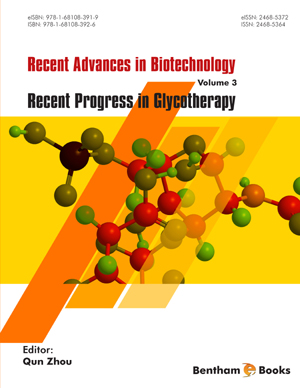Abstract
SHS investigation development is considered from the geographical and historical viewpoint. 3 stages are described. Within Stage 1 the work was carried out in the Department of the Institute of Chemical Physics in Chernogolovka where the scientific discovery had been made. At Stage 2 the interest to SHS arose in different cities and towns of the former USSR. Within Stage 3 SHS entered the international scene. Now SHS processes and products are being studied in more than 50 countries.
Abstract
One of the major challenges associated with the development of proteinbased biotherapeutics lies in achieving persistent concentrations of the active molecule in circulation. Most human proteins are rapidly cleared from circulation, mainly by renal filtration, and so increasing their in vivo residence time to reach appropriate therapeutic doses has been a matter of extensive investigation. The majority of therapeutic proteins exhibit post-translational modifications (PTMs). Among them, Nand O-glycosylation are the most abundant and complex modifications that proteins can undergo, affecting diverse biological properties, including solubility, protease and thermal stability, antigenicity, immunogenicity, bioactivity and pharmacokinetics. Thus, glycosylation represents one of the most relevant attributes of many therapeutic proteins, defining their potency and effectiveness. Also, both size and charge of proteins are completely modified by the presence of glycans, so that manipulation of this PTM represents a valuable tool to alter the pharmacokinetics and pharmacodynamics of biotherapeutics. This chapter deals with different glycoengineering strategies developed with the aim of increasing the plasma half-life of proteins, as well as other properties. Specifically, engineering of proteins through the addition of new glycosyl moieties is addressed. A thorough description of the properties conferred to proteins by glycans is first presented, followed by a description of the strategies developed for the rational manipulation of glycosylation parameters to improve such properties. Different approaches to incorporate new N- and O-glycans into proteins are described and exemplified. Finally, the application of N- and Ohyperglycosylation engineering to an emblematic protein such as recombinant human IFN-α2b is presented.
Keywords:
Antigenicity, Bioactivity, Biotherapeutics, CTP, Efficacy, Glycoengineering, Glycosylation prediction, hCG, hEPO, hFSH, hIFN-α2b, Immunogenicity, N-glycosylation, O-glycosylation, Peptide fusion, Pharmacokinetics, Plasma clearance, Site-directed mutagenesis, Solubility, Stability.
Recommended Chapters
We recommend

Authors:Bentham Science Books


 Download PDF Flyer
Download PDF Flyer



